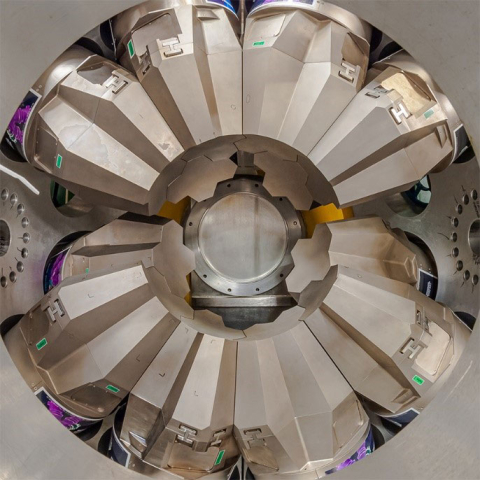
Scientists find a new approach to access unusual excited nuclear levels.
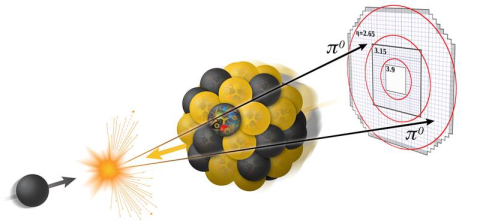
Suppression of a telltale sign of quark-gluon interactions indicates gluon recombination in dense walls of gluons.
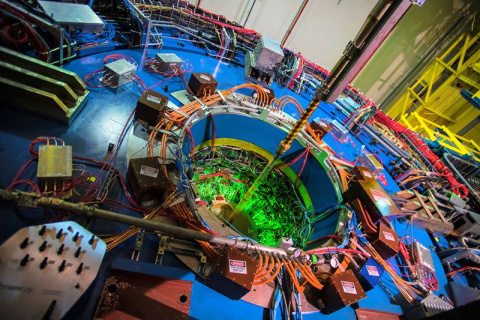
Quantum interference between dissimilar particles offers new approach for mapping gluons in nuclei, and potentially harnessing entanglement.
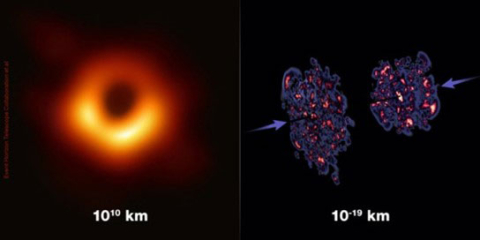
Physicists show that black holes and dense state of gluons—the “glue” particles that hold nuclear matter together—share common features.

Theorists' hydrodynamic flow calculations accurately describe data from collisions of photons with lead nuclei at the ATLAS experiment.
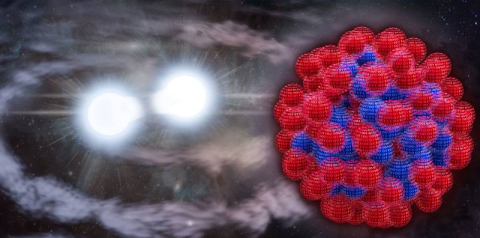
Powerful statistical tools, simulations, and supercomputers explore a billion different nuclear forces and predict properties of the very-heavy lead-208 nucleus.

In conflict with a long-held explanation of cadmium isotope motion, a new experiment found that cadmium-106 may rotate instead of vibrate.
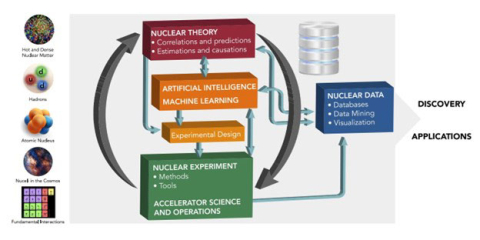
As machine learning tools gain momentum, a review of machine learning projects reveals these tools are already in use throughout nuclear physics.
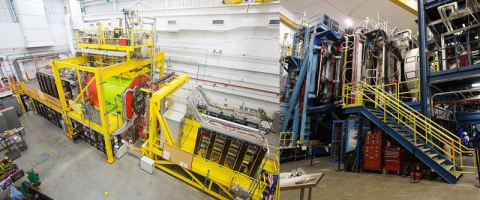
Nuclear physicists test whether next generation artificial intelligence and machine learning tools can process experimental data in real time.
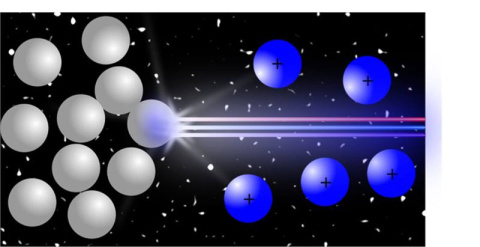
New results could significantly improve resonance ionization mass spectrometry ultra-trace analysis of plutonium isotopes.

